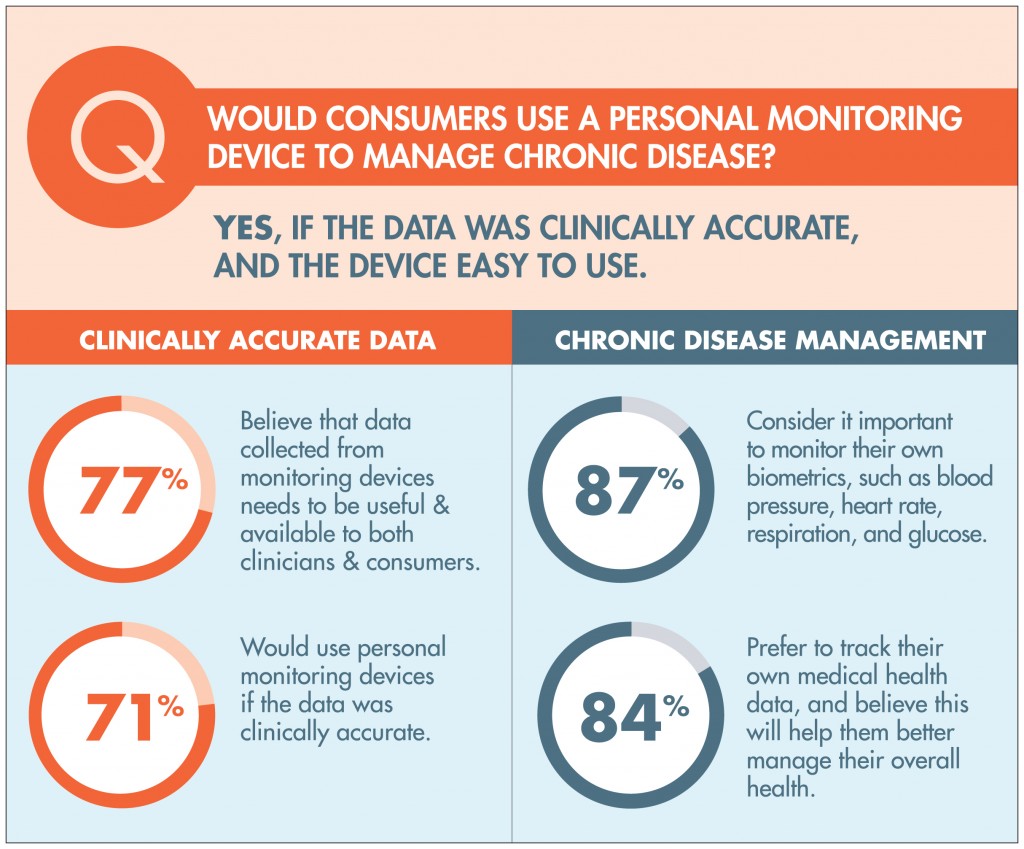It’s a wonderful thing that the healthcare industry is almost at an 80% adoption rate of EHRs. In the past 20 years, doctors have gone from being unwilling to give up their paper charts to now typing on laptops or tablets in the exam room. We are finally at a point where the conversation can turn its focus from adoption and turn to the real reason all of this exists: patients.
Here’s a novel idea. What about using technology to comfort and engage patients when they are afraid and vulnerable? When they return home from the hospital and are managing a chronic disease?
Patients Want Improved Communication
Healthcare consumers are more savvy and demanding than ever before. They seek higher quality services and best prices, as well as convenience. They are wired into social media and tweet their satisfaction – or dissatisfaction – faster than you can say Meaningful Use. If you want to satisfy a patient, then improve the way you communicate with them.
Gabriel Perna, in a blog for Healthcare Informatics, entitled, “What DO Patients Want?” says:
“Patients want doctors and nurses to communicate at a level they understand. That’s where not only can hospital leaders find success in getting evaluating through the Hospital Consumer Assessment of Healthcare Providers and Systems (HCAHPS) initiative, but in creating a better atmosphere for their patients.”
It’s intimidating to go home from the hospital and be unsure about how to care for yourself. Offering patients ways to monitor their conditions with instructions on what to do next greatly improves their chances for taking charge of their own care post-discharge.
Courtney Lefferts discusses the role that wearables can take in patient engagement in her blog post on WebPT:
“For patients to truly be engaged, they must be active participants in their own care—whether that’s in your practice or at home. Wearables afford providers the opportunity to track patient wellness between visits. And for the patients that use wearables, the devices provide an easy and interactive tool that fills in the gaps between appointments—making it that much easier for those patients to make consistent progress toward their health goals.”
Medically Relevant Wearables Engage Patients
Studies show that patients who are engaged in their care are less likely to be readmitted to the hospital for the same issue. Wearable devices that help patients understand and manage their conditions post-discharge can decrease readmits and directly affect the hospital’s bottom line with CMS Medicare and Medicaid reimbursements. 76 percent of Americans say they would use a personal monitoring device if it is clinically accurate and easy to use, according to a study by Biotricity and The Society for Participatory Medicine.
A wearable device that provides medically relevant, clinical-grade data allows for two-way communication between the patient and doctor. Take a patient with heart disease who leaves the hospital wearing a monitoring device. If the patient has the right device, data is captured in real time and transmitted immediately to her physician, who can analyze the information and advise her about what to do next. So if she’s showing arrhythmias, she has instant communication from her doctor. Plus that information is directly populated into her EHR. Talk about improved patient satisfaction!
Sources:
Gabriel Perna, “What DO Patients Want?” Healthcare Informatics, Jan. 30, 2013, http://www.healthcare-informatics.com/blogs/gabriel-perna/what-do-patients-want
Courtney Lefferts, “How do Wearables Affect Patient Engagement?” WebPT, Oct. 19, 2015, https://www.webpt.com/blog/post/how-do-wearables-affect-patient-engagement






